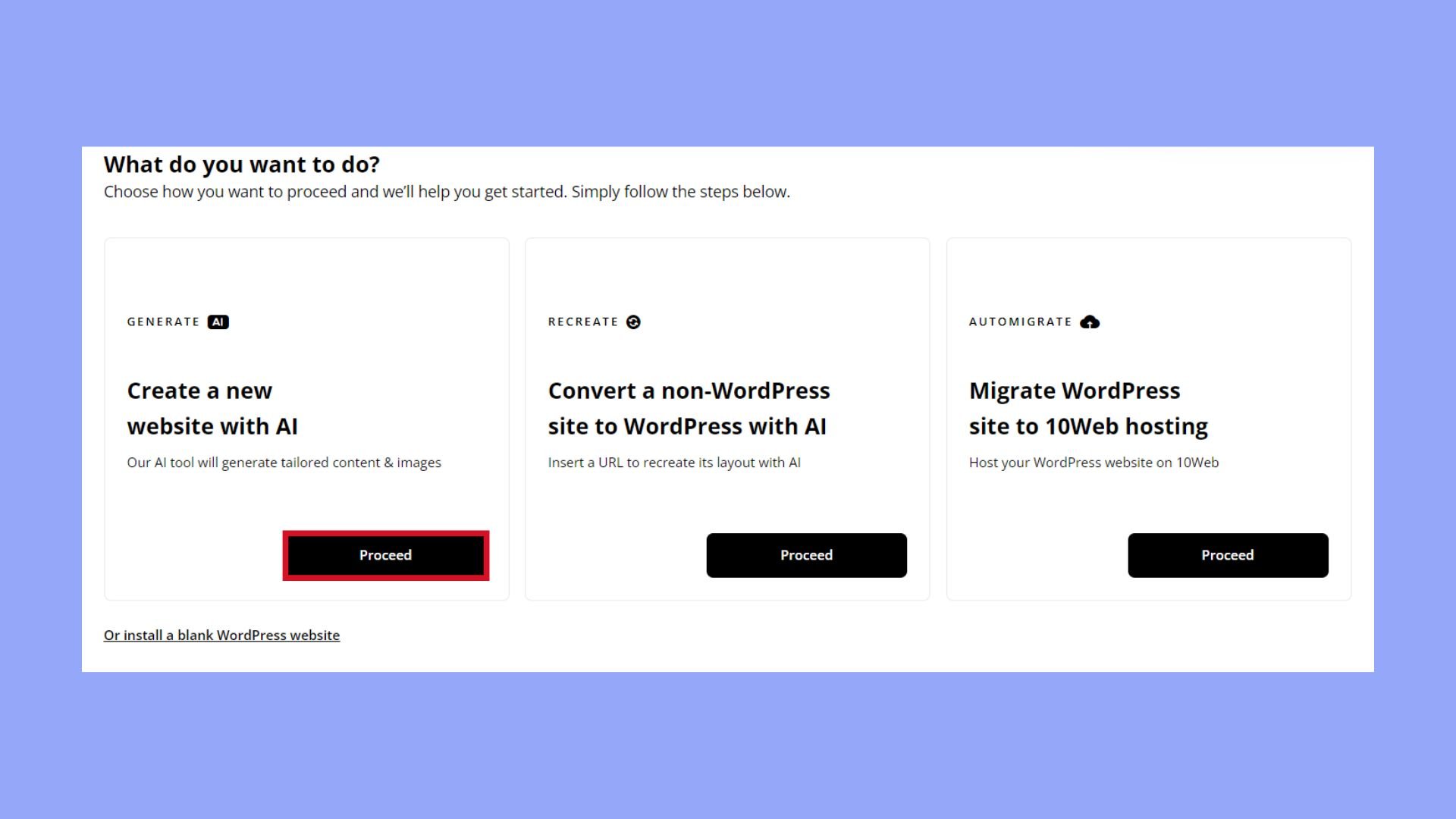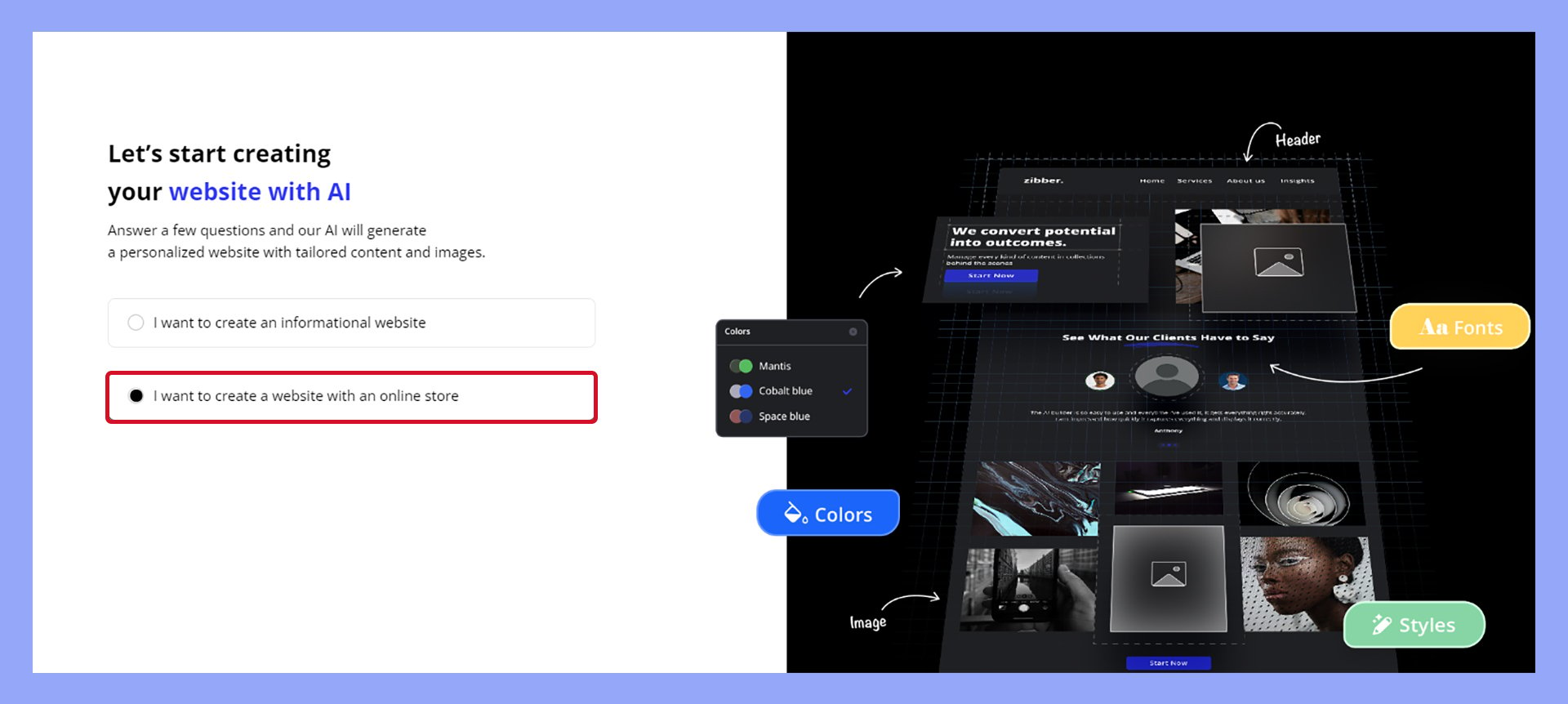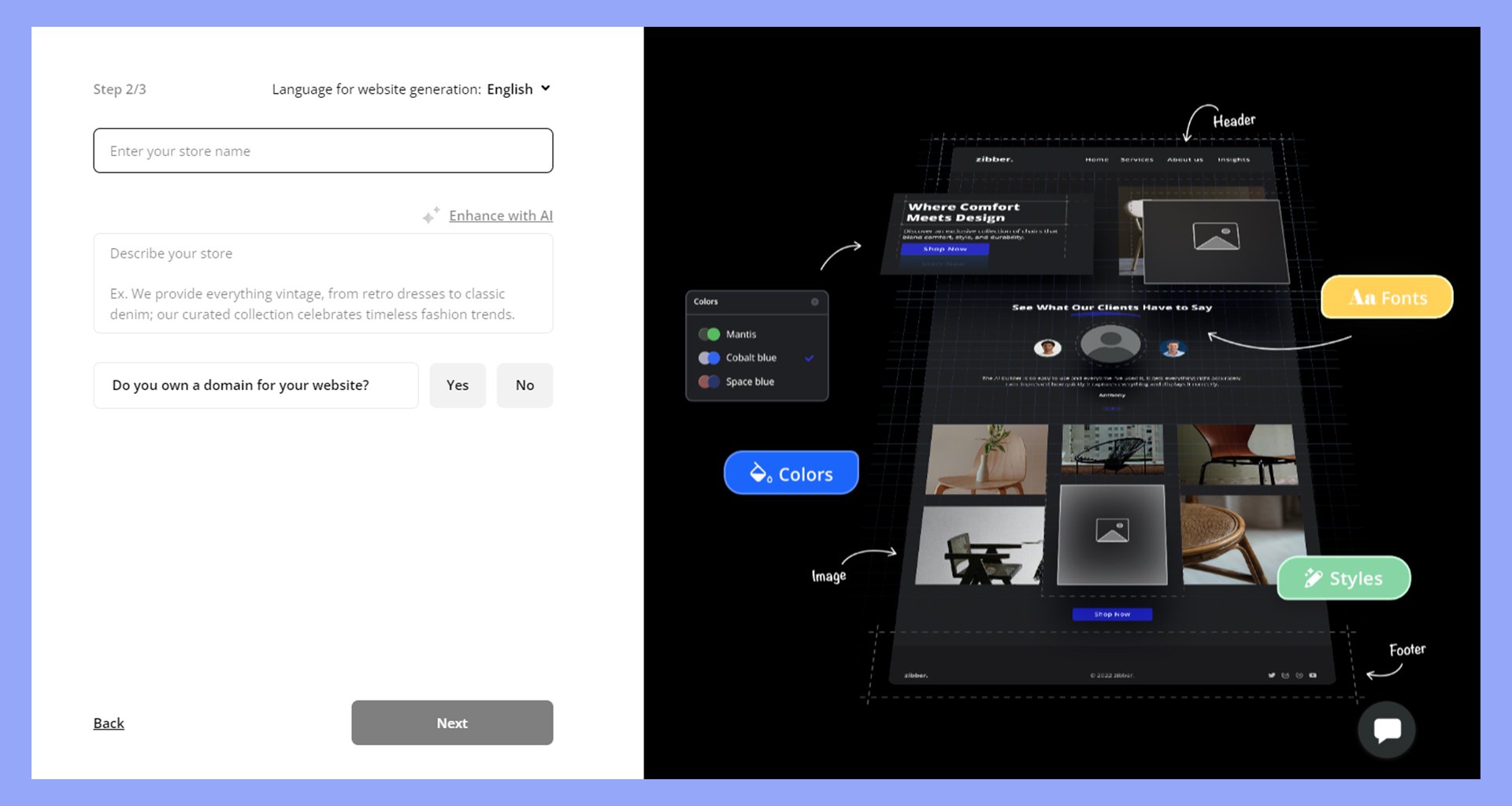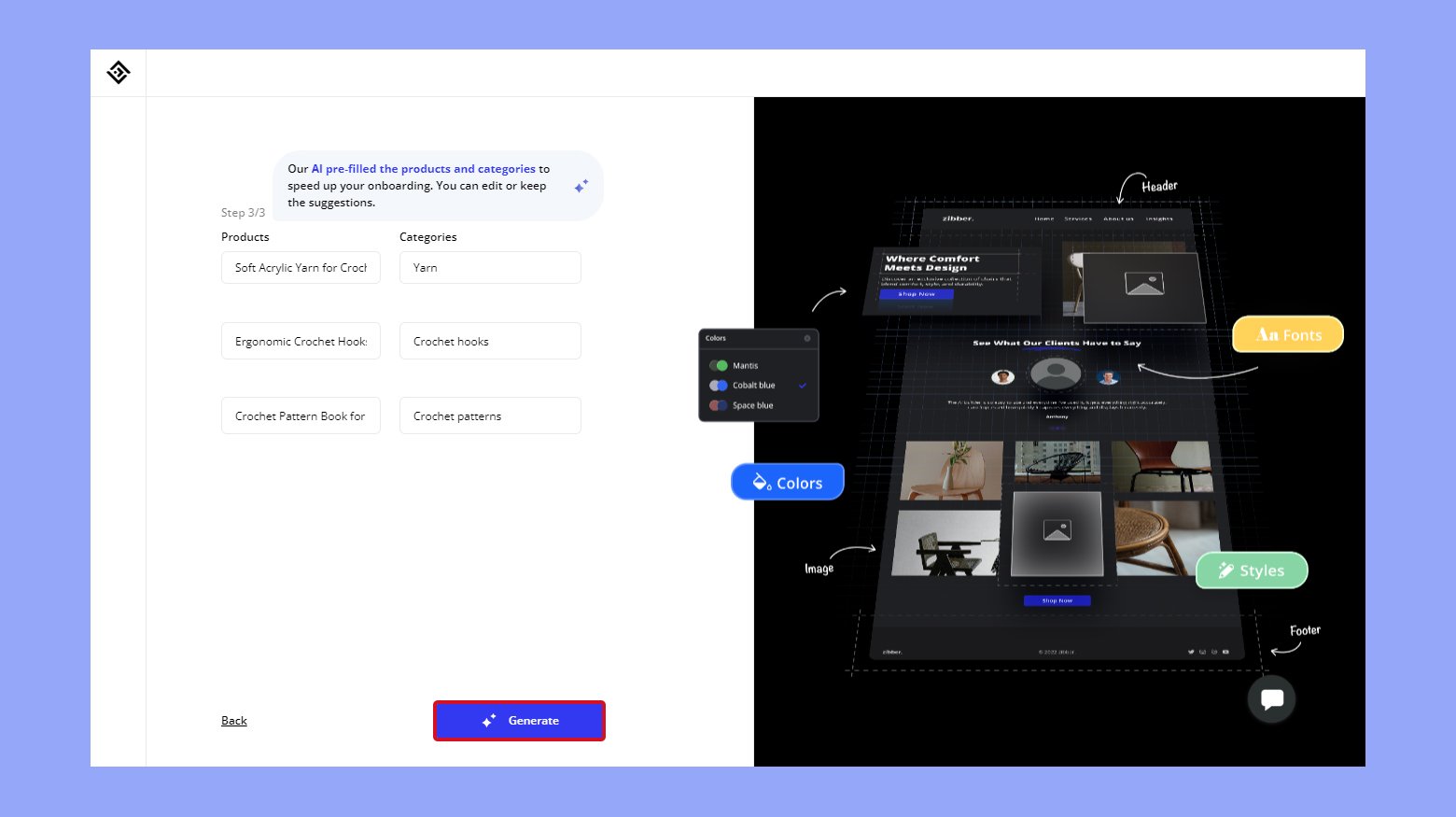
Selling content online has become a transformative business model, offering creators and entrepreneurs unparalleled opportunities for growth and success. The digital marketplace is expanding rapidly, driven by an increasing demand for accessible and diverse content. This guide will walk you through the essential steps and strategies to thrive in this dynamic environment.
In this article, you’ll gain insights into the current state of the online content-selling market, including key trends, financial estimations, and specialized segments. We’ll explore the best practices for selling content online. Whether you’re already a creator looking to expand your reach or new to the digital content arena, this guide provides the tools and knowledge you need to succeed. Let’s learn how to sell content online and unlock your potential in this booming industry.
How do I start selling my stuff online?
To start selling your stuff online, first, choose a platform like eBay, Etsy, or Amazon to list your products. Take high-quality photos, write detailed descriptions, and set competitive prices. Finally, promote your listings through social media and consider offering excellent customer service to build a positive reputation.
How do I create content to sell?
Creating content to sell involves identifying your focus and audience, then developing valuable, high-quality content such as eBooks, courses, videos, or templates. Use tools like Canva for design, and platforms like 10Web for hosting your content. Ensure your content is well-structured, visually appealing, and provides real value to your audience.
What is the best platform to sell videos?
The best platform to sell videos online is Vimeo On Demand, as it offers flexibility and control over pricing, distribution, and branding. It provides a professional environment for selling and streaming videos directly to your audience. For those looking to create a dedicated ecommerce website for selling videos, 10Web AI Website Builder is an ideal choice due to its user-friendly interface and robust features.
What is the best digital content to sell?
The best digital content to sell includes eBooks, online courses, templates, and stock photos, as they have a broad appeal and low overhead costs. These types of content can be easily distributed and accessed by customers, providing a scalable revenue stream. Focus on creating high-quality, niche-specific content that addresses common problems or interests within your target audience.

Selling content online has become a booming business. Since many individuals and companies out there sell content online, it’s essential to keep up with the latest changes to stay competitive.
Digital products are in high demand. Items like eBooks , online courses , and digital planners are gaining popularity. Consumers value easy access and instant delivery.
The rise of subscription models has also changed how content is sold. Instead of one-time purchases, many buyers prefer paying a monthly fee for access to a content library.
Social media influencers are driving sales by promoting digital products to their followers. Leveraging this trend can boost your sales significantly.
The online content market is expected to grow rapidly. In 2024, it is expected to reach $430 billion, driven by increased internet usage and digital transformation.
High profit margins make this market appealing. Digital products often have low production costs compared to physical items. Minimal overhead means better returns for creators.
Economic stability and disposable income will also influence market growth. More consumers will be willing to invest in valuable digital content if their financial situation allows for it.
Choosing the right pricing strategy can boost sales and increase your profit margins. Start by researching competitors’ prices to understand the market range. You can use competitive pricing, where you set your prices close to major players, or cost-plus pricing, where you add a markup to your product cost.
Consider the perceived value of your product. Higher prices might suggest better quality, appealing to premium customers. Offer different price points for various products to cater to different customer segments. Discounts and bundles can also attract buyers and increase sales volume.
Certain niches within the content market are particularly lucrative. Some of them include the following:
By understanding these specific areas, you can better tailor your offerings to meet the needs of your target market and stand out from competitors.
Selling content online involves several key steps, from creating a compelling brand to choosing the best platform for your content. Below the key action items for starting to sell content online are presented.
Creating a strong brand is the foundation of selling any content online. Your brand should reflect your focus and passion, whether it’s digital art, beauty, travel, or instructional videos that you offer.
Create a brand: Creating a strong brand is the foundation of selling any content online. Your brand should reflect your focus and passion, whether it’s digital art, beauty, travel, or instructional videos that you offer.

Choose a business name: The first step in building your brand is choosing a memorable and relevant name. A well-thought-out name can make a significant impact on your audience’s perception of your brand. Using the 10Web Business Name Generator you will get free and creative suggestions tailored to your business, ensuring your brand name is unique and impactful. All you have to do is describe your business in a few words to the tool.

Design your logo and visuals: Make sure your visuals are consistent across all platforms. Your logo should be distinctive and easily recognizable, embodying the essence of your brand. Consistent color schemes, typography, and graphic styles help in creating a cohesive visual identity that resonates with your audience. Make you logo speak to what content you offer.
Develop your voice: Create a unique and engaging voice for your brand’s communication. This voice should be reflected in all your content, whether it’s social media posts, blog articles, or customer interactions. A consistent and authentic voice helps build trust and loyalty among your audience.
Create a compelling narrative: Include your story and mission to help you connect with your audience on a deeper level. Share why you started your brand, the journey you’ve been on, and the values that drive you. A compelling narrative makes your brand relatable and helps in building an emotional connection with your audience. Sharing personal anecdotes, challenges overcome, and the passion behind your content can engage your audience and foster loyalty. Highlight how your experiences have shaped your content and why it stands out, making it easier for potential customers to connect with and trust your brand.
By focusing on these key aspects, you can create a brand that not only stands out but also resonates deeply with your target audience, setting a strong foundation for successfully selling your content online․
Your vision lays out where you want your content business to go. It should guide all your decisions and keep you focused on your goals.
Understand your audience and competitors to position your content-selling effectively. Research helps refine your specific focus, pricing, and content strategy. Market research also involves gathering information about your potential audience and competitors.
Start by exploring different specifics that interest you. Use online tools like SEMrush and Ahrefs for keyword research and to analyze trends. Look into popular forums and social media platforms to see what your potential audience is discussing.
Also, study the competitors. Analyze how others in your focus sell their content and what makes them successful. Next, identify buyer personas, and the ideal customer to sell to. Combine it with the knowledge you have of the market trends. Stay updated with industry trends to keep your content relevant.
Decide how you will sell your content. Options include:
A buyer persona is a detailed profile of your ideal customer. This includes their age, gender, interests, goals, and even their pain points. Start by looking at your existing audience’s demographics and using analytics tools to understand their behavior.
Give your persona a name and background. For instance, “Tech-Savvy Tina” might be a 30-year-old professional who loves gadgets and tech content. Knowing your buyer persona helps you create content that resonates with them. It also guides your marketing efforts to target the right people on the right platforms.
Creating accurate and detailed buyer personas ensures that your content and marketing strategies align with your audience’s needs and preferences.
A business plan outlines your content creation, marketing, and sales strategies. It helps secure investors or loans and keeps your business organized. Break the business plan into the following.
Executive summary: Provide a quick overview of your business and goals. This section should capture the essence of your content-selling venture, including your mission, vision, and the unique value proposition that sets your business apart.
Content strategy: Outline the types of content you will create and sell, such as videos, ebooks, or online courses. Describe your target audience and the specific needs your content will address, ensuring that your offerings are tailored to meet their preferences and solve their problems effectively.
Marketing plan: Detail how you will promote your content and reach customers. This plan should include a mix of online marketing strategies such as social media marketing, email campaigns, SEO, and collaborations with influencers or affiliates. Define your channels, key messages, and tactics to attract and retain your audience.
Financial projections: Include income, expenses, and profit forecasts. Present a clear financial plan that projects your revenue streams, cost structures, and expected profitability. This section should offer a realistic picture of your financial goals and the steps you will take to achieve sustainable growth in your content-selling business.
Include all these aspects in your business plan to make it more credible and comprehensive.
Choose platforms where your target audience spends time to maximize sales. Popular platforms include Udemy, Thinkific, and various VOD platforms if your focus is selling video content. Here is a breakdown of the platforms available for selling content online.
If you sell online courses: Platforms like Udemy and Thinkific are ideal for structured educational content.
If you sell ebooks and digital art: Websites like Amazon Kindle Direct Publishing or Etsy cater to these products.
If you sell video content: Use platforms like YouTube for AVOD, Patreon for memberships, or personal websites for SVOD.
Selecting the right sales platform affects your reach, transaction fees, and ease of use. However, the best way of selling your content offer is by setting up an online store and developing your online presence on the web.
Setting up a website to sell content online is the most effective option out there. The tool you choose will impact the ease of setting up your site, the functionality available to you, and ultimately, your ability to attract and retain customers. Here are key factors to consider when choosing the right business creation tool:
10Web is an ideal solution for building a professional ecommerce website for your content, at the same time offering ease of setup and customization. Let’s learn how to launch your website on 10Web.






The AI-powered Website Builder will generate a fully functioning website for you, which you can preview and make the necessary changes. The drag-and-drop editor will give you a chance to edit the website to your needs.

You will have access to your 10Web dashboard, where you can easily manage your online store, add or remove products, accept payments, and more. To add a product, access the my.10web.io dashboard > ecommerce > products > Add a New Product . Then fill in the necessary details; title, product description, tags, etc., click Create and the product will be visible on your website.
Before you fully go live, test and check the functionality of the website and the ecommerce store.
Selling content online requires careful planning and strategy. Focusing on the right markets, building a strong brand, and choosing the right platforms will help you succeed. Now, with a professional website, you are ready to sell content online.

Create your custom online store in minutes with 10Web AI Ecommerce Website Builder and take your business online.